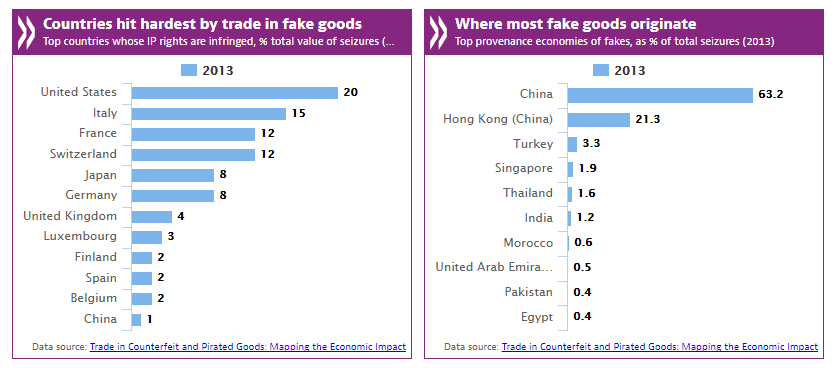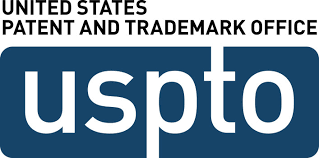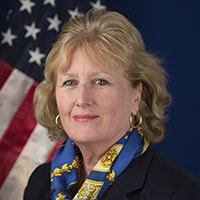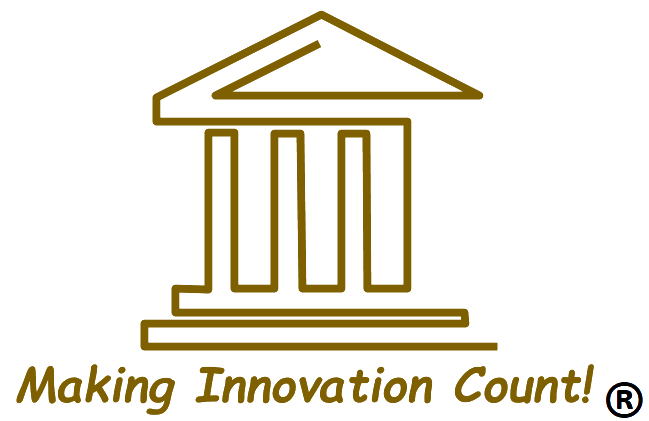|
Not all trademarks are created equal. The more distinct your trademark is the better it is. Trademarks that are more generic may need to be registered in the supplemental register instead of the more powerful principle register or worse yet simply be refused. Courts divide trademarks into five different categories, ranked by degree of inherent distinctiveness. Arbitrary, fanciful and suggestive trademarks are the easiest to protect, descriptive marks offer protection under certain circumstances and generic marks never offer protection. When contemplating a trademark for your business, you should always strive to choose (and register) trademarks that can comfortably fit into one of the three strong trademark categories. Fanciful Trademark: A fanciful trademark is made-up, invented for the sole purpose of functioning as a trademark. This is also called a neologism when it describes a single word. Kodak and Exxon are famous examples of fanciful trademarks. George Eastman, creator of the Kodak trademark, had some simple yet profound advice on what makes a good trademark: he said it should be short, vigorous, easily spelled and meaningless. I highly recommend his advice! There are websites that create made up words that you may use for your business. Search for "business name generator" to find them and have some fun.
digital world (insert your own lame “byte” joke here). In the case of less edible and more digital Apple, this choice of trademark (rumored to have been an impulsive decision based on a temper tantrum by the legendarily cantankerous Steve Jobs) actually has been quite costly. Apple had been established as a trademark by virtue of being the name of the Beatles’ record company (Apple Corps). As a result, Apple Computer has lost a couple of very costly court battles related to its foray into anything musical. Another example of an arbitrary trademark is the online retail giant Amazon. Many people probably don't know that Amazon is the name of the worlds largest river but even so there is no relationship between the two making Amazon a great trademark for the online retailer.
budget. Thus, owners of trademarks that walk the line between descriptive and suggestive obviously want to convince the trademark office that their trademark is actually suggestive. Another option is for owners to register on the supplemental register and wait five years to upgrade to the principle register.
Generic Trademark: A generic trademark can not be protected as a trademark because it describes a category of product or service. This is a matter of public policy; the federal government has determined that free use of such categorical trademarks benefits consumers. An example would be registering for a trademark "HAIR SALON" for your hair salon business. The trademark office will reject your application because many hair salons will want to use same words in their trademark.
5 Comments
 Here in the United States you must use your mark in commerce else it will be considered abandoned and your competitors may seek to have it cancelled. The reason for this is that trademark law serves to protect consumers and marks that appear and then reappear in commerce is confusing to the consumer and also prevents other businesses who may want to make more effective use of the mark from doing so thus harming the interests of consumers. This stands in contrast to other forms of intellectual property law such as patents and copyrights which serves more to protect the creator of the patent or copyright. So you may be asking how long can you not use your mark in commerce before you run the risk of losing it? 15 USC 1127 holds that a mark shall be deemed to be abandoned if its use has been discontinued with intent not to resume such use and that intent not to resume use is inferred after three consecutive years of nonuse. So your risk begins immediately when you stop using the mark in commerce but initially there is little to worry about as it is difficult for someone to prove that you no longer have intent to use the mark in commerce. However, as time of nonuse increases, the risk grows and at the third anniversary of nonuse it is presumed that you no longer have the intent to use the mark in commerce.
If you have not been using your mark in commerce yet you wish to keep your mark I suggest contacting a trademark attorney such as myself to help you argue that your special circumstances are sufficient to defend your mark from being cancelled.  Last week I posted in my blog an article that talked about the different levels of trademark protection one may obtain here in the United States. The levels of trademark protection, from lowest to highest were:
In this article I will be taking a closer look at highest level of protection -- that of a trademark registered in the federal principle register with incontestability status. First I want to make it clear that just because your trademark is incontestable doesn’t mean it cannot be contested. Like so many other areas of the law there are exceptions. So the word “incontestable” is actually somewhat of a misnomer and there are a number of grounds where an incontestable trademark may be attacked. But before we get into that let us look at the benefits provided by incontestability that are above and beyond what is provided by registration on the principle register.
However, incontestability does not shield your trademark from the following kinds of attacks that all trademarks are susceptible to:
Some would argue that incontestability does not provide much of an advantage over a trademark that is registered on the principle register. However I have found that telling a potential infringer that your mark is incontestable provides quite a punch to your cease and desist letter and encouraging the potential infringer to come to terms. To claim incontestability status for your trademark you must prove that:
 There are many levels of protection you may seek for your trademark and it can be confusing at times to know which will be best for your mark or the advantages or one over the other. In this post I review each of the five levels of protection to help you determine what will work best for your mark and business goals. Common-law Rights: Common-law trademark rights are the lowest level of right you may give your trademark. As soon as you start using your mark in commerce it is entitled to common-law rights. In common-law the first to use a mark in commerce has automatic senior rights over subsequent similar marks used in commerce. Advantages of common-law marks include:
However there are some disadvantages such as:
I don't recommend using this level of protection for important marks such as the name of your business, slogan, or key products. State Trademark Rights: The next step above common-law rights are state rights. You may file an application with your state to protect your mark at the state level. This will extend the geographical scope of your mark from the immediate vicinity of your business to the entire state. Advantages of state level marks include:
Disadvantages include:
Just as with common-law rights, I do not recommend filing for a mark at the state level. If you are going to go through the trouble of filing at the state level might as well spend the necessary money and file for a federal mark as there are so many benefits obtained from a federally registered mark. Federal Trademark Rights (Supplemental Register): A federally registered mark that is on the supplemental register gains some important advantages over a state registered marks such as:
Disadvantages include:
Federal Trademark Rights (Principle Register): A federally registered mark that is on the principle register has all of the advantages found with a mark registered on the supplemental register plus the following:
Federal Trademark Rights (Principle Register and Incontestable): This is the highest level of protection you may obtain for your mark. There are requirements that must be met in order to file for incontestable status but once filed the privileges remain with your mark for the life of your mark with a few exceptions. The advantages of an incontestable mark include:
I hope that this has been helpful. Please leave a comment below and I will try my best to respond with an answer. 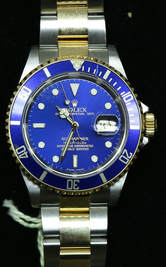 One of the best-known designer watches in the world are Rolex watches. They are beautifully crafted quality time pieces with a high price tag that many cannot afford. These desirable watches, along with other high-end brands such as Gucci, Coach, and others, are heavily counterfeited. Although everyone loves a good deal we should not purchase products that we know are counterfeit for two reasons. The first reason is a moral reason. If we were the owners of any of these high-end companies we would not want others to be supporting those who counterfeit our products. The saying in the Bible "Do to others as you would want them to do unto you" is applicable here. When purchasing a counterfeit product, you are helping the counterfeiter to steal money and goodwill from the company who makes the original. You would not want someone to do that to your company if the roles were reversed so don’t do it! The second reason is more sinister and dark. Counterfeiters also go after products that we ingest such as wines, foods, and pharmaceuticals products. Counterfeiters of such products do not use the same ingredients or perform the same level of quality control as the original thus causing harm to those who unknowingly ingest these counterfeit products. The Organization for Economic Co-operation and Development (OECD), headquartered in France, provides a forum in which governments can work together to share experiences and seek solutions to common problems. They (i) work with governments to understand what drives economic, social and environmental change. (ii) measure productivity and global flows of trade and investment. (iii) analyze and compare data to predict future trends. (iv) set international standards on a wide range of things, from agriculture and tax to the safety of chemicals. According to a study conducted by the OECD in 2013, the United States was the country with the largest amount of counterfeit seizures while China was the largest producer of counterfeit goods. There is a lot of research being conducted that are looking into new and novel ways of identifying counterfeit products. The video below shows one approach of using nano sized bio based tags. These tags may contain a variety of information including serial number and other manufacturing information. Also these tags are difficult to create but easily detected making it more difficult for the counterfeit products to enter the USA. So the next time you see a counterfeit product don’t think of how you can now wear that Coach bag for a fraction of the price that the original costs but take the high road and walk away. Not only will you feel good about doing the right thing but you will also help American workers.
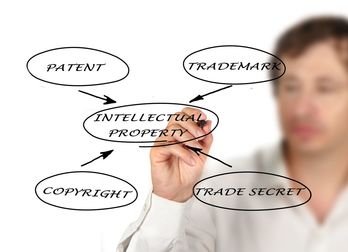 There are many considerations to take into account when licensing your intellectual property. Adding to the complexity of the agreement is that each type of intellectual property, whether it be patents, trademarks, or copyrights, have different concerns and problems that you need to pay attention to. For example with trademarks you will want to pay attention as to how your mark will be treated by the licensee. How will they be displaying your mark? What sort of training will they provide their employees? However here are some general guidelines for you to consider when licensing your intellectual property.
Trademark scams range from offers to file renewal and maintenance documents, to offers to record marks with U.S. Customs and Border Protection, to monitoring services, to recordation in useless databases. Some of the scammers take consumers’ money and deliver nothing. For instance, during the roundtable, the American Intellectual Property Law Association cited an example of a restaurant that mistakenly paid a scammer to file maintenance documents for a registration. The restaurant relied on the assumption that the filing would be made. Only when the restaurant sought legal counsel about enforcement against an infringer did it learn that the scammer filed nothing and the registration had been cancelled. Others scammers actually perform work but at exorbitant prices. One speaker at the roundtable had filed three civil law suits against different scammers. When I file a trademark application or mail to a client a certificate received from the USPTO I always warn them of these fraudulent solicitations. The USPTO has a web page dedicated to this problem and has even produced an 8 minute video describing the problem and giving examples that you may watch below. I would also like to add that patent owners face the same problem with scams as do trademark owners. Always be careful with companies that promise to promote your invention! If you have received a solicitation for any trademark or patent related service you should consider it suspect even if the service appears to be legitimate. At the least contact me before paying for the service being solicited or call the USPTO Trademark Assistance Center at 800-786-9199 or the FTC Help Line at 877-FTC-HELP. You may also visit the following websites:  Another excellent bulletin from the INTA. The INTA is a global association of trademark owners and professionals dedicated to supporting trademarks and related intellectual property in order to protect consumers and to promote fair and effective commerce. The Association's member organizations represent some 30,000 trademark professionals and include brand owners from major corporations as well as small- and medium-sized enterprises, law firms and nonprofits. There are also government agency members as well as individual professor and student members. To visit their website click here or their logo. This bulletin, titled "Are Hashtags Capable of Trademark Protection under U.S. Law?" reviews the findings of a federal district court in Eksouzian v. Albanese where the court held that hashtags are “merely descriptive devices, not trademarks, unitary or otherwise.” and that a hashtag is “a functional tool to direct the location of Plaintiffs’ promotion so that it is viewed by a group of consumers, not an actual trademark.". Another federal district court is dealing with similar issues in the case, Fraternity Collection, LLC v. Fargnoli. However this case is ongoing and no decision has been made. No appeal has yet been filed for Eksouzian v. Albanese but it is clear that the value of a hashtag trademark is under fire. To read the bulletin click here.  The International Trademark Association (INTA) is a global association of trademark owners and professionals dedicated to supporting trademarks and related intellectual property in order to protect consumers and to promote fair and effective commerce. The Association's member organizations represent some 30,000 trademark professionals and include brand owners from major corporations as well as small- and medium-sized enterprises, law firms and nonprofits. There are also government agency members as well as individual professor and student members. To visit their website click here or their logo. From time to time the INTA issues bulletins on various topics all related in some way to trademarks. This bulletin, titled "The U.S. Trademark Registers: Supplemental vs. Principal" and written by Daniel M. Gurfinkel of Dennemeyer & Associates, reviews the differences between the two registers and the advantages of registration on the supplemental register. If you are dealing with with a USPTO Office Action on your application where the examiner is asking you to amend the application for registration in the supplemental register this bulletin will provide you with useful information to help you in making this decision. To read the bulletin click here. A video of Dr. Francis Gurry, Director General of World Intellectual Property Organization (WIPO), speaking at Melbourne Law School. This lecture explored the major economic, social, and political developments affecting intellectual property. It also examined how innovation and intellectual property are increasingly central to economic strategy and competitive advantage, and showed how the knowledge economy is causing an adjustment to the way in which we think of the role of intellectual property. |
Categories
All
|
California, Inland Empire - (909) 566-2801
California, Santa Barbara - (805) 500-6241
Tennessee - (423) 226-8036
Georgia - (404) 436-0899
California, Santa Barbara - (805) 500-6241
Tennessee - (423) 226-8036
Georgia - (404) 436-0899





